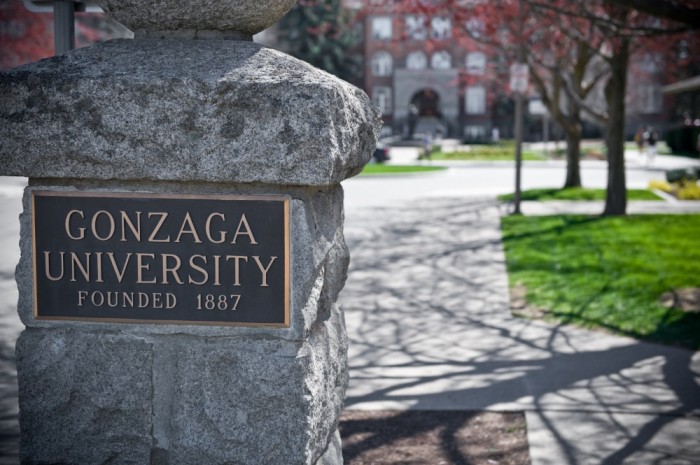This spring, Gonzaga was visited by a team from the Northwest Commission on Colleges and Universities, who reviewed a report prepared by the University and then met with faculty, staff and administrators to outline commendations and recommendations as part of the accreditation process. Ron Large, associate academic vice president and coordinator of the accreditation process sat down with Gonzaga Giving to talk about the recent visit.
What does accreditation do for Gonzaga?
Accreditation certifies that the University is fulfilling its educational mission. The Department of Education requires accreditation for students to receive financial aid and it affects our ability to receive certain government grants. It’s also a way to showcase the whole structure of the operations of the University – who we are and what we’re doing.
How does the process work?
It’s a layered process. We write a report and send it to the visiting team who then reads it before spending two days interviewing people about the topics in the report. Then they issue recommendations and commendations. The commission reviews that, we get a chance to respond and then the commission makes the final decision. We expect to receive the final report sometime in the summer. Right now, we’re in the in-between stage and don’t know what the final outcome will be.
On what criteria are schools evaluated?
Schools were asked to come up with core themes, or value statements for self-definition. Each core theme has a series of objectives, under which are a series of indicators to see whether or not the objective set under each core theme is being achieved. Essentially, the commission is asking, “are you doing what you say you are doing?” This forces schools to look at questions like “how are you going to improve programs, student learning and who you say you are?” as a part of the idea of continuous improvement. There are still the standard questions about resources and capacities, but there’s more of an evaluative focus on the core themes and value statements the University uses to identify itself.
What were some of the questions the visiting teams asked of Gonzaga faculty and staff?
- How has Gonzaga handled growth?
- With new leadership, how are administrators helping you through the changes?
- How effectively are you meeting the goals you have established?
“The visit went well,” said Large. “The evaluators did a comprehensive job in preparing for the visit, reading our reports and coming with good questions.”
Your support helps Gonzaga to fulfill its mission and make good on the ways in which the University defines itself. Make your gift at gonzaga.edu/give today.
